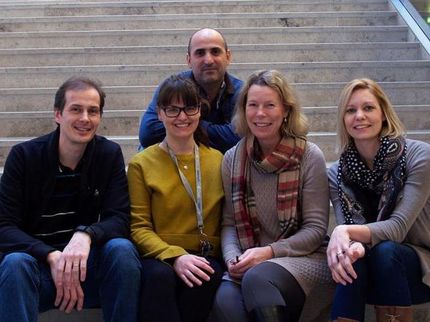Food safety in Europe - who is responsible for what?
BfR publishes 2. completely revised edition of the EU Food Safety Almanac
Advertisement
The EHEC outbreak event in 2011 which affected numerous citizens of European Member States has shown that a Europe-wide network of all food safety authorities for the protection of consumers is absolutely imperative. BfR’s EU food Safety Almanac provides a concise depiction of the governmental structures in 33 European countries and the European Community level for such purposes. "Smooth cooperation between state players in Europe strengthens food safety. If the stakeholders and structures in the European countries are known to all those concerned, then we will be able to work together even more effectively and avoid redundant work", says Professor Dr. Dr. Andreas Hensel. As BfR President and the German member of the Advisory Forum of the European Food Safety Authority (EFSA), he is responsible for risk assessment of food and feed both at the national and European level.
Each of the 33 country profiles contains a diagram that depicts the structure of governmental authorities and a detailed description of tasks and responsibilities of each institution. 10 icons depict the areas of responsibility graphically. BfR’s EU Food Safety Almanac thus explains which authorities in the 33 states are responsible for the assessment of plant protection products, health claims or zoonoses, which ministries in the Member States are responsible for the management in which areas, how risks are communicated and to what extent risk assessment and risk management are institutionally separated.
The booklet is addressed to all those interested in the legal structures and institutions of food safety in Europe, especially experts in the field such as the staff of food safety authorities, news media, members of parliament, consumer associations, the food industry as well as science.
Most read news
Other news from the department business & finance

Get the life science industry in your inbox
By submitting this form you agree that LUMITOS AG will send you the newsletter(s) selected above by email. Your data will not be passed on to third parties. Your data will be stored and processed in accordance with our data protection regulations. LUMITOS may contact you by email for the purpose of advertising or market and opinion surveys. You can revoke your consent at any time without giving reasons to LUMITOS AG, Ernst-Augustin-Str. 2, 12489 Berlin, Germany or by e-mail at revoke@lumitos.com with effect for the future. In addition, each email contains a link to unsubscribe from the corresponding newsletter.




























































